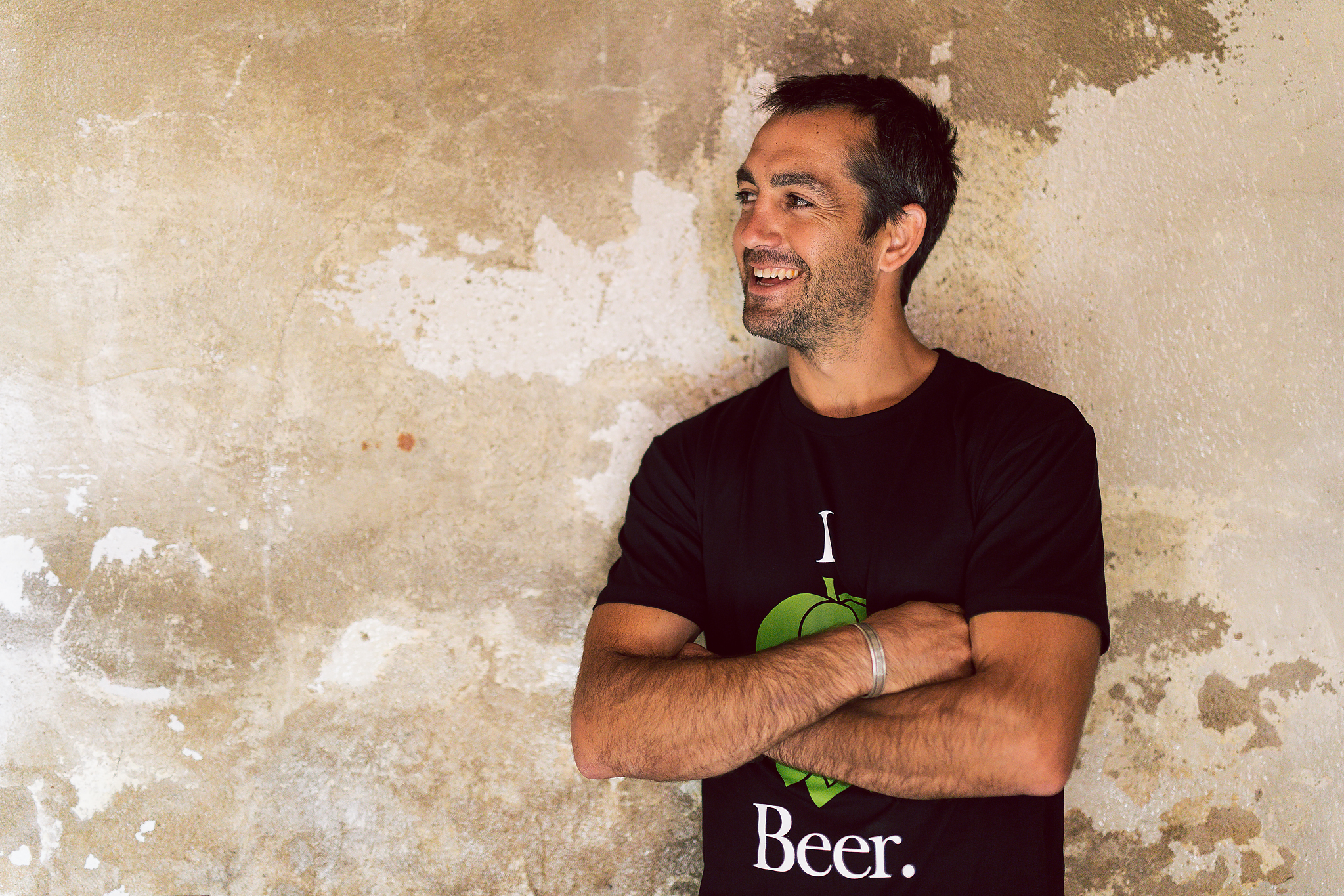
Brett’s not always the bad guy, winemakers told

Bridge Road Brewers – Wine
A brewer and a winemaker have collaborated on a new wine that aims to challenge Brettanomyces’ association with wine spoilage.
Naturally occurring in the vineyard and the winery, Brettanomyces (Brett) yeast is commonly blamed for contributing ‘horsey’, ‘barnyard’ and other unpleasant sensory characters to wine, which the Australian industry has worked hard to minimise by improving sanitation and vinification techniques.
But the blanket condemnation of Brettanomyces is misguided, according to Ben Kraus of Victoria’s Bridge Road Brewers, who points out that it is an entire family of yeast strains, just like the Saccharomyces family relied upon for conventional winemaking.
He argues there are other factors at play when these Brett spoilage characters arise in wine, typically once it is in barrel.
“When the wine ends up in barrel it’s already gone through most of fermentation and it’s a really bad living condition for anything,” he told Brews News.
“Those Brett yeasts that are there are trying to deal with a higher alcohol product, really low nutrient supply, and they are eating the sugars that the Saccharomyces hasn’t already… the leftovers basically.
“If it’s in a really clean environment with the right amount of oxygen and the right pitching rate, it should perhaps not produce those bad flavours.”
100% Brett chardonnay
Kraus, who studied viticulture and oenology prior to pursuing his brewing career, recently teamed up with Chris Catlow of fellow Beechworth outfit Sentio Wines to see if they could bear this theory out.
The duo inoculated a parcel of Alpine Valleys chardonnay with Brettanomyces Claussenni (Brett C), the same strain Krauss brews with on his Mayday Hills range of beers, and which he argues is less disposed to throwing the off-flavours associated with other Brett strains.
“It’s a particularly clean and fruity strain of Brettanomyces, which probably has as many different strains as Saccharomyces does,” he says.
“We don’t just say, ‘that’s a Saccharomyces character’, because you would say, ‘which one?’ The same thing can be said for Brett.”
Prior to pitching Brett C into the must (juice) in an enclosed stainless steel fermenter, it was pasteurised to ensure any native Saccharomyces and Brettanomyces strains were killed off.
“There’s plenty of evidence to say that those bad characters are caused also by precursors made by Saccharomyces yeast,” says Kraus.
“There’s some compounds that the Saccharomyces make, and the presence of Brett can convert those into the barnyard characters.”
The wine was then crash chilled and held cold under CO2 for about two months, before being bottled unfiltered in Bridge Road’s double pre-evacuation counter pressure filler, ensuring extremely low levels of oxygen.
Mission accomplished
If nothing else, the resulting wine has proved Kraus’s point; that the right strain of Brett carefully handled will not spoil a wine with unwanted barnyard characters.
It also served to baffle some of my wine industry mates who – while not entirely complimentary about the wine – were unable to identify the grape variety, nor the presence of any Brett.
For me personally it actually presented more like a still apple cider initially, with none of the classic stone fruit character you would expect from chardonnay.
“It does have all these confusing elements – you might not think white wine straight away. It’s bringing a whole different profile to the product,” says Kraus.
“I haven’t had people turn their noses up and say, ‘f*ck that’s Bretty’ and pick up obvious Brettanomyces notes and off flavours.”
Both Kraus and Catlow were surprised at the speed with which the Brett had done its job, and the effectiveness, which may have come at the cost of some richness and complexity.
“It’s maybe a little bit lightly framed for the project. We are keen to maybe do one next year that might have a little more fruit richness,” Catlow told Brews News.
“We figured that there would be more glycerol production with Brett when it was in a nice environment and that that would probably give more richness to the palate. That was the reason that we went with a vineyard in an area that was probably slightly leaner.
“It fermented so fast and super dry, so we were both surprised with that, but it’s actually worked pretty well – it’s a nice clean drink,” he said.
Yeast underrated in wine
Both Catlow and Kraus believe yeast’s contribution to a wine’s flavour profile is largely underrated by winemakers.
“The beer industry is much further ahead in terms of their understanding of yeast,” Catlow says.
“There are still wineries choosing their yeast, very specifically, but not with the same level of understanding as what the guys in beer generally have.
“The guys in beer have a lot more in-tune research done, with how it’s exactly affecting their palate and how the structure of the beer’s going to work with that yeast.”
Kraus believes that Brettanomyces is likely present undetected in wild fermentations of many well known wines, contributing to their complexity.
“Whether that Brett’s there at the end is a different scenario. It could be that the end of a wild fermentation you only have one or two Saccharomyces strains – you end up with the strong ones that can handle alcohol and grow really strong,” he says.
Role reversal
Dubbed simply Bridge Road Brewers – Wine, the new product is packaged non-conventionally in 330ml stubbies.
Kraus hopes it will provoke some interesting thoughts and discussion about Brettanomyces, as well as fulfilling another, simpler motivation.
“There’s plenty of wineries that have dabbled in brewing, either making a beer or having a beer made for them,” he says.
“I just think it’s nice to see it the other way round.”





